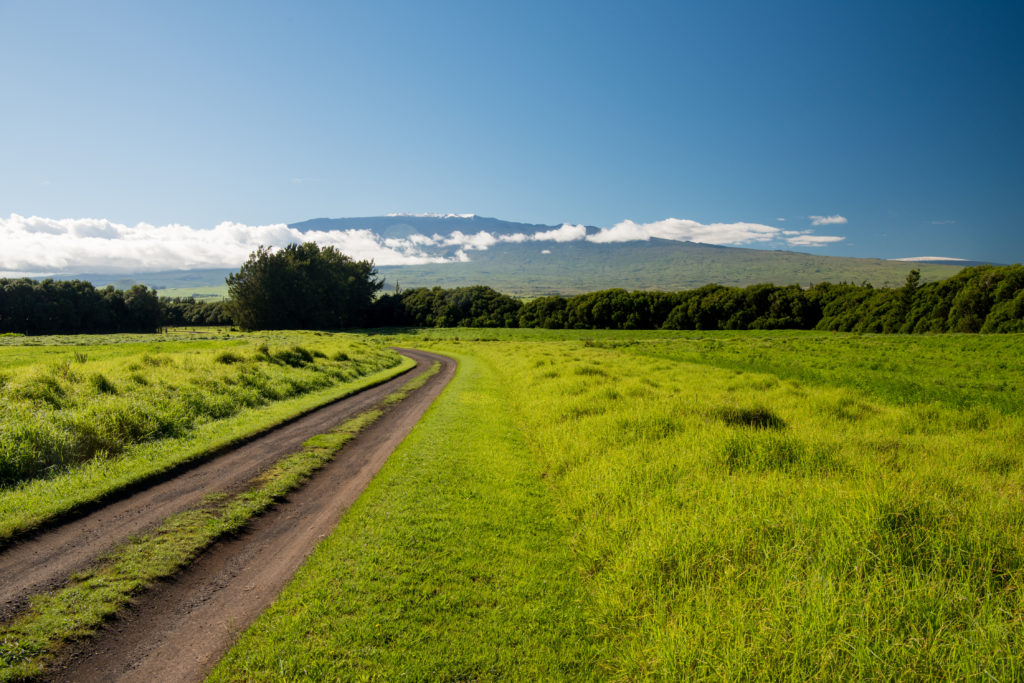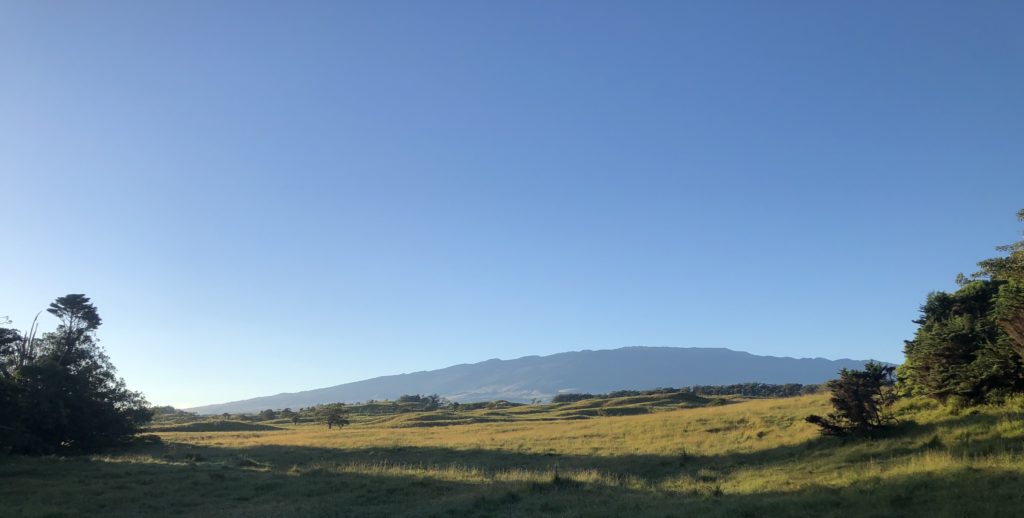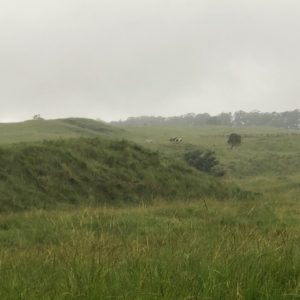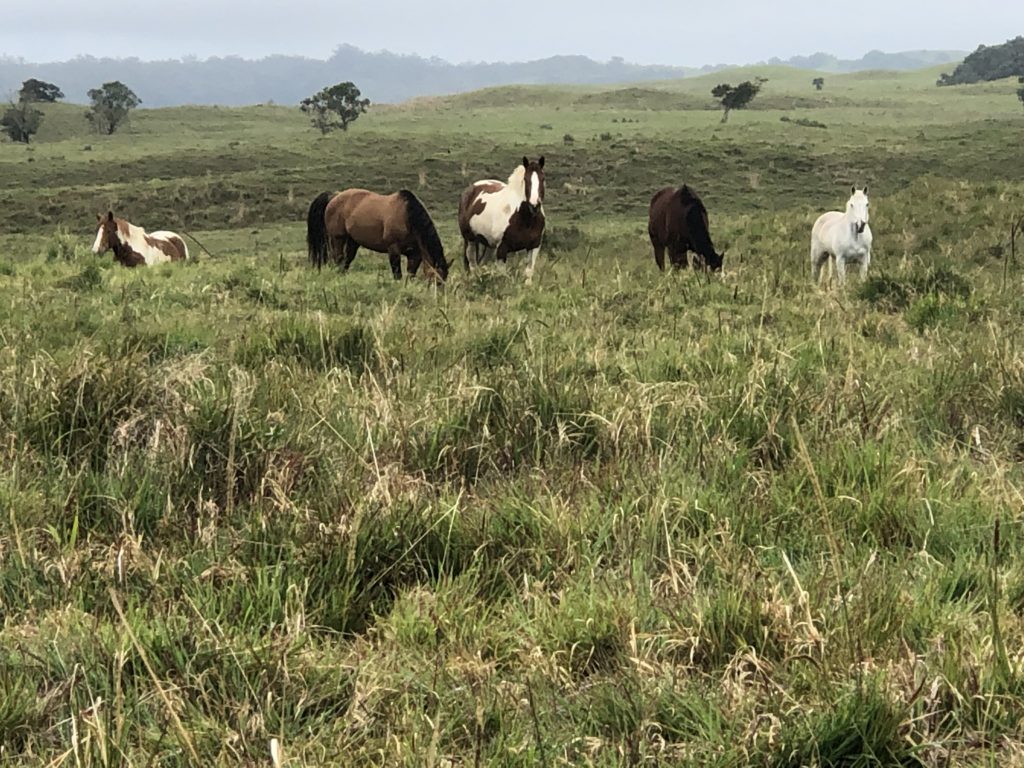
Photo Voltaic in Hawaii? You have options!
Interested in photo voltaic in Hawaii? Hawaii is well situated for those wishing to turn the sun’s energy into electricity. Even if you chose to live in an area which is frequently cloudy-like my home-you can live a fairly normal life without being tied into the electrical grid. Or, if you live in a spot that is served by HELCO, the electric company, you may be able to tie into the grid. Here’s where to find more information about tying into the grid: https://www.hawaiielectriclight.com/products-and-services/customer-renewable-programs
Living off grid
I have been living off grid for over twenty years. The technology has improved a great deal in that time. I have a basic system, and an excellent photo voltaic technician, and the experience is almost invisible on most days. I don’t use as much power as some other households might consume, and every once in a while I am completely stumped when my system stops working, but I am happy living off grid
There are much fancier systems, in much fancier homes! Some seem as though they would require an electrical engineering degree (or an on-site technician) to keep working properly. I think that in any off-grid home, the occupant must have an interest in at least the general theory of how the various components operate.
Grid tie ins
HELCO has gone through several iterations of its grid-tie in program, with each becoming less generous than the previous one. I recently sold a small house in Luala’i, Waimea, that had 20 photo voltaic panels and a monthly utility bill of $22. That home had the benefit of an older contract with HELCO, and the occupants could use almost any conceivable amount of electricity and still not owe more than the base amount.
At times, HELCO suspends new contracts altogether. This seems silly, since Hawaii has set of goal of 100% clean energy by 2045 http://www.hawaiicleanenergyinitiative.org/
There is a plausible explanation, however. There was such a rush to photo voltaics that the remaining customers were left shouldering too great a share of the overhead costs. I don’t think the utility chose the best solution-discourage photo voltaic-but that is the path they have chosen.
Ready? Not so fast!
Many people dream of building a home in the middle of some gorgeous pasture, with views to the ocean and space to roam. Photo voltaic systems play a part in many of those dreams. Some think they might rent out cottages on the land to generate some additional income. Hawaii has recently clamped down on vacation rentals, see http://livinginwaimea.com/2019/03/30/hawaii-county-restricts-vacation-rentals/
There are also other restrictions on land use in agriculturally zoned areas, see http://livinginwaimea.com/2018/10/12/hawaii-county-agricultural-land-use-restrictions/
Photo voltaic in Hawaii, yes! Maybe with a few more draw backs than you would like, but it is definitely feasible in Hawaii. Generating income from vacation rentals on agricultural land, nope. Building multiple dwellings on agricultural land, almost certainly not. Getting the benefit of the very low assessed value on agricultural lands without actively engaging in an agricultural, probably not for long! The County audits use, and will change your property tax classification if it does not find agricultural use. See http://livinginwaimea.com/2019/03/29/kohala-ranch-property-taxes/




